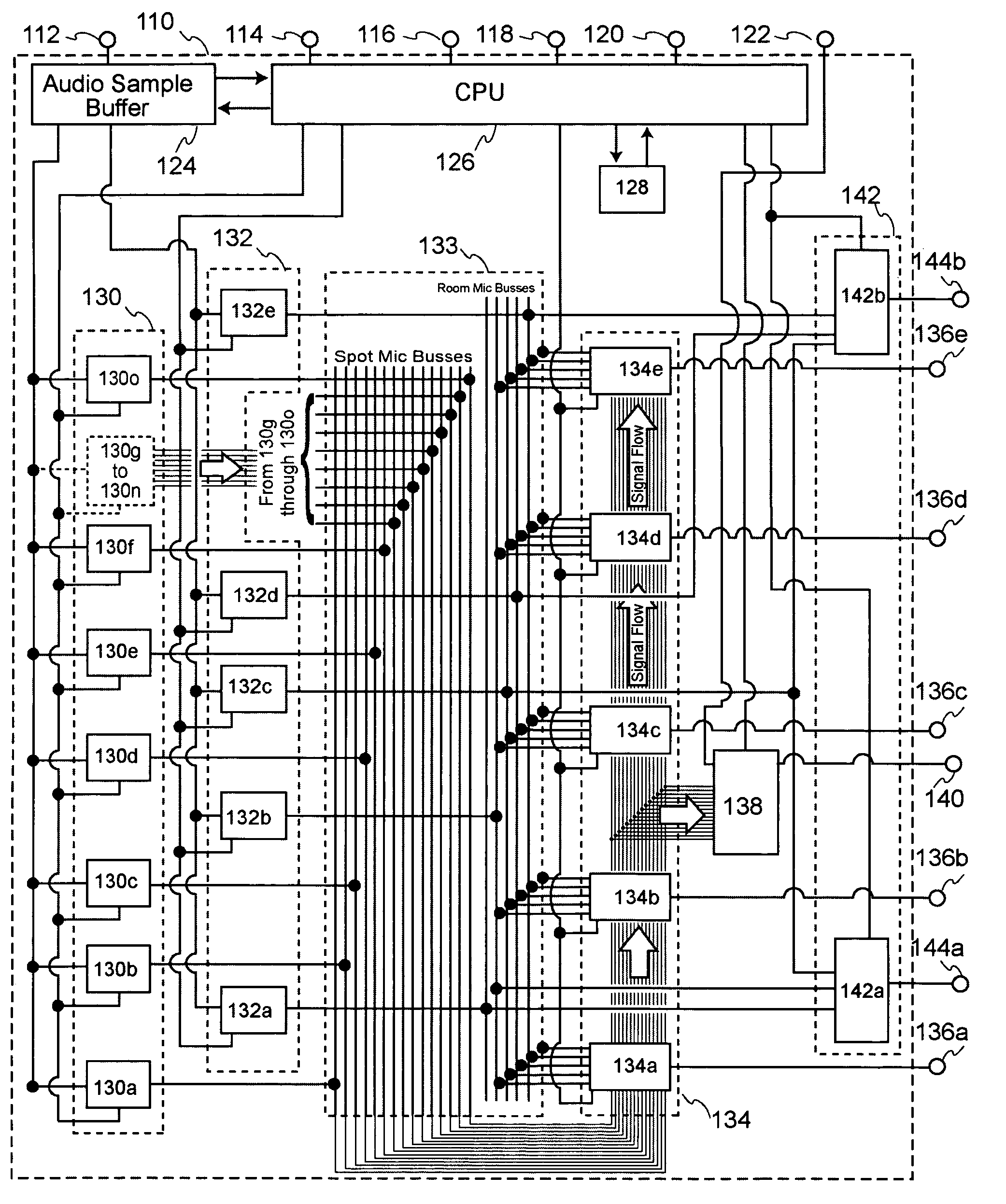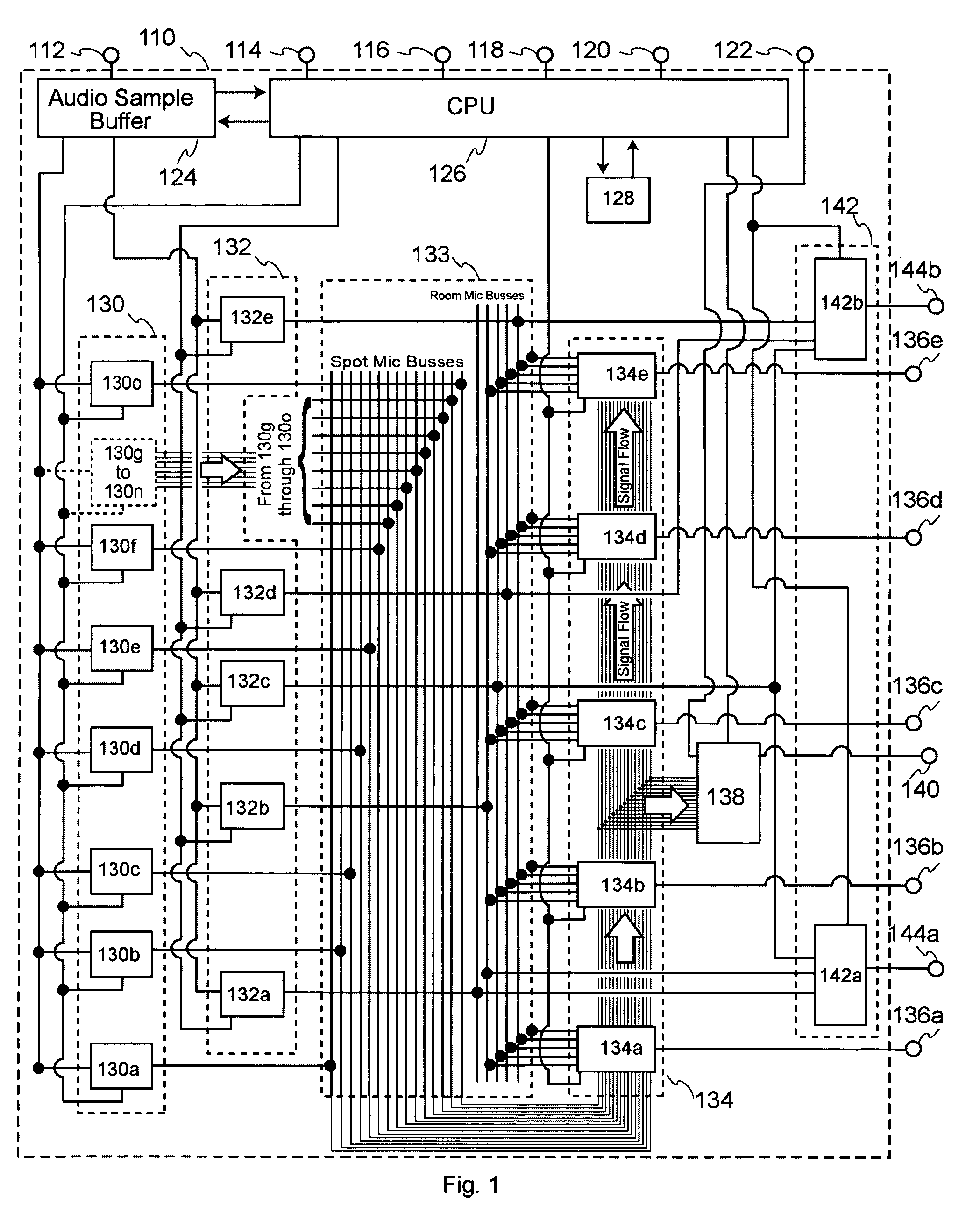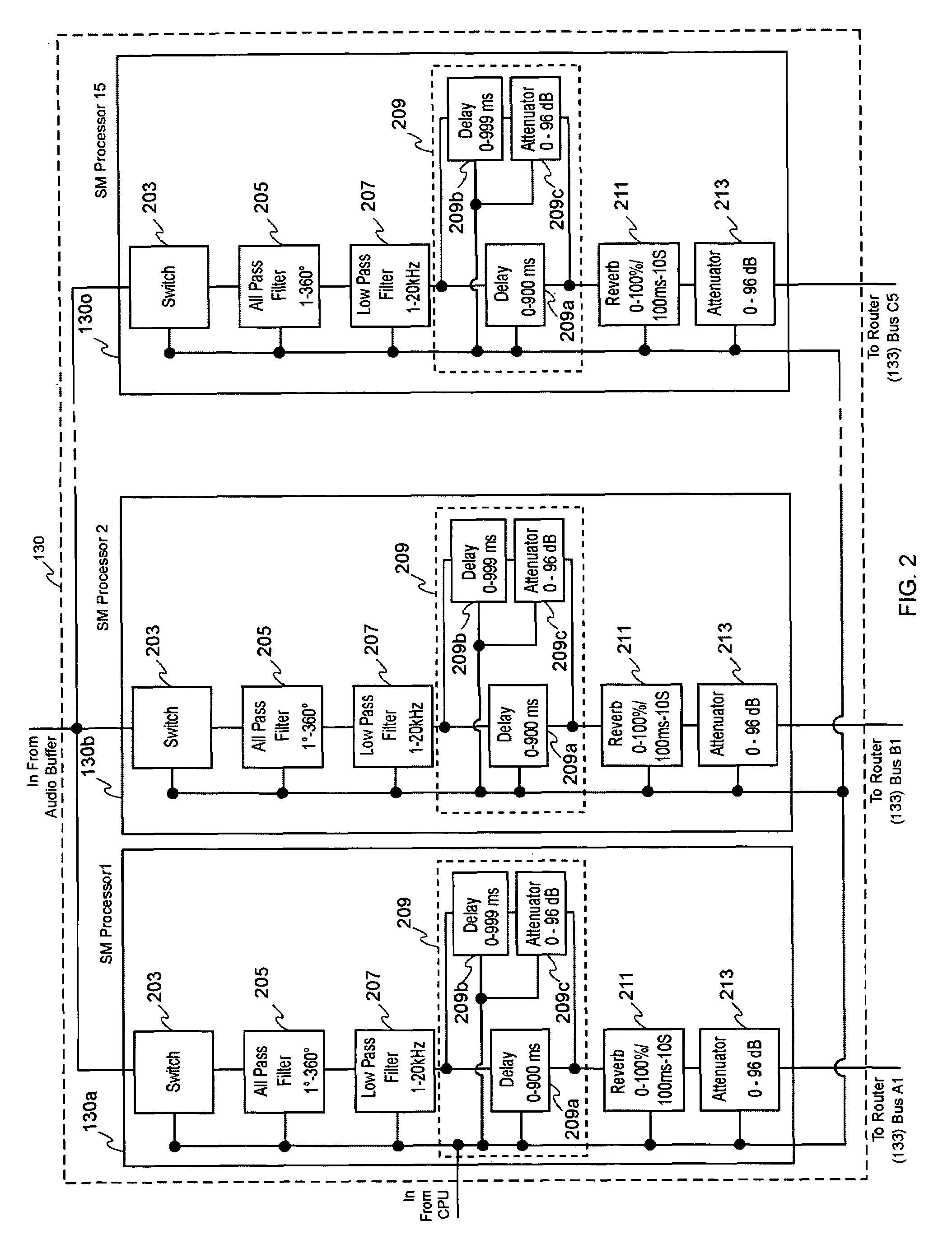However, the overdubbing process does not provide the same sonic quality as can be achieved with all members of the orchestra actually present at once in a large space.
Unfortunately, there are myriad difficulties when using today's sample libraries or even using synthesizers.
The overall systems (
library and sampler) seldom deliver their promised realism, economy, or simplicity of use.
The 7.1 format has not yet been tackled by samplers, and even the latest releases of 5.1 libraries
pose serious technical and performance issues in practical application only a handful of libraries sold in recent years are entirely new productions, with most libraries using at least some reworked recordings from older, poorer quality libraries.
Since leading-edge
sound quality is difficult to find in samplers, and is not uniform across the sounds offered, and since the 5.1 sampler systems are either too complex or just plain fail to function satisfactorily when pressed to the limit (i.e., recreating the sound of about one hundred different instruments at a time to simulate a full orchestra), simple 2-channel stereo libraries have continued to sell.
In other words, there is a large gap between what the market would like to have at its disposal, and what is practically achievable from currently available products.
Although these are useful tools, they do not accurately simulate the sound of multiple microphones picking up all the instruments during a live recording session in a single space (such as an auditorium or
studio).
Orchestral recording is discussed here because it is among the most complex and challenging, but the descriptions apply equally to almost any kind of sound recording.
Many recording engineers have tried to use only or primarily the room microphones (typically in a “Decca Tree”
microphone array or some variation thereof) to capture the entire performance, but they have generally found the results to be unsatisfactory.
Such room-mic-only recordings can seem “muddy” or lacking in
clarity and definition.
However because the room and spot mics are picking up the same sound but in different locations, there often are phase-related sonic cancellations, which make it very difficult to optimize the placement and mixing of the various mics.
Adding conventional sound effects and
reverberation processing will make the sound appear “larger” but cannot fully overcome the lack of realism and spaciousness, particularly when recording with multiple “spot-mic'd” sources.
Even with a five room mic sound array added to the mix, the sound still lacks the depth and spaciousness that can be heard when all the spot mics and room mics pick up bleed from all the instruments and contribute this sound to the mix.
For prior art sampled sound, several obstacles arise for sampler playback if the samples were recorded with the typical 15 to 25 spot mics plus the 5 room mics picking up the orchestra (or any group of musicians or singers).
The first and most obvious issue to anyone who has tried to use sample libraries is that the sound of the hall is “locked in” through this technique, particularly if the sample recording was done in a large space.
In this instance, the long
time delays and natural sound reflections in a large recorded space become part of the sampled sounds and cannot later be removed or altered appreciably.
This is an insurmountable obstacle when one needs the sound of a smaller environment and the samples were recorded in a large environment.
Going the other way, small
studio recordings can be “stretched” somewhat through the addition of artificial
reverberation and
delay processing, but this does not accurately create the
sound field achieved from mic bleed when spot microphones would be laid out further apart in a larger space.
Because one does not have access to each spot microphone in a mixed-down multi-instrument sample recording (even if it is in 5.1 format), there is no way to alter the relationship of the spot mic contributions, nor do conventional reverbs provide means to simulate the way the spot mics function to create the impression of the live
sound field.
When smaller numbers of musicians are recorded in smaller studios, as is more often the case today, the deficiency of not having the correct spot microphone scaling is especially evident.
Many engineers, composers and musicians may be unaware of why the sound seems “too small” or incorrect, and so when they attempt to scale up the sound of a smaller studio using conventional 5.1 reverb embodied in
software or hardware based systems, they find that no amount of conventional post-production
reverberation effects can truly emulate the spaciousness of the sound which would have been achieved in the larger environment with the mic bleed.
Even if they manage to come close to the “right sound” for one or a few instruments, the effect deteriorates when a whole section of instruments or an entire orchestra is processed—even using the most advanced 5.1 reverb systems.
This inability to satisfactorily scale the orchestra (or other group) occurs because the individual instruments in the sample
library lack the correct and unique spot mic “bleed” contributions; treating the sum of all the instruments with reverb processors as though they came from one (or even 5) locations simply cannot emulate what happens with an array of five or more room mics and a
large array of many spot mics.
The inability to accurately and continuously scale the
apparent size of the recorded space, particularly to make it smaller, is a drawback with conventional sample libraries and, as stated above, it is a deficiency that can barely be compensated using reverberation and effects processing.
However, there is another major obstacle to the implementation of surround stereo recordings with sampler technology.
That is, today's best full-orchestral
library samplers with
surround sound capability are difficult to set up and use.
Because the demand on
computer resources rises and falls as a prior art sampler is played, the internal computer data busses and input / output ports can suddenly and unpredictably “
choke” (create glitches in the sound or
crash completely) if the user demands playback of “just that one more note.” Consequently real-time, one-take performance is difficult to achieve from a large-scale 5.1 sample library.
Setting aside the practical aspects noted above for a moment, there are serious sonic issues even assuming one manages to get the prior art sample library playing satisfactorily and reliably.
Not only do the mics pick up the sounds of the instruments, all these mics also pick up the sound of the room—which includes undesirable
noise such as
air conditioning rumble, coughs, flipping pages of music and
shuffling feet.
Besides room
noise, for each “live” mic there is a degree of electronic
noise present (even a simple carbon
resistor generates electrical noise due to thermally-stimulated molecular activity).
Indeed, noise builds up rapidly, even with what seemed like a very quiet studio to the naked ear.
Thus, even a genuine, well-recorded prior-art 5.1 sample library would not sound as good as would a live performance or a single-take recording of an orchestra with just one set of open mics that are heard just once.
Yet another problem occurs with conventional sampled libraries.
Unfortunately, truncating a note causes a significant loss of the reverberant information as well so the impression of the size and depth of the recorded environment is lost.
 Login to View More
Login to View More  Login to View More
Login to View More 


